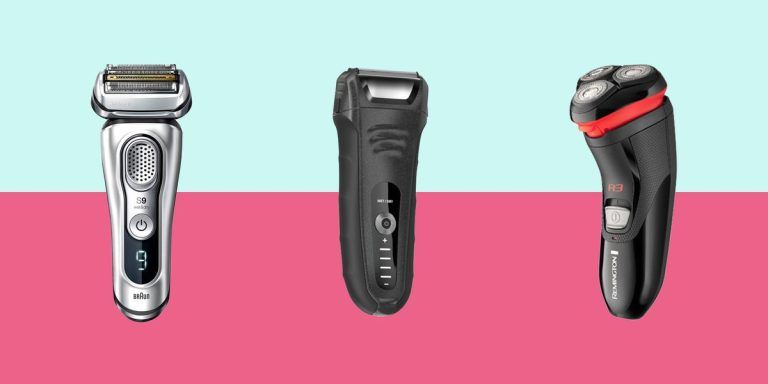Join the millions that have trusted Beststorereview.com to help them make smarter buying decisions. Let our independent expert reviews and data-driven shopping recommendations help you find the 3D printer that’s right for you.
#1

9.7
FlashForge Adventurer 3 Lite 3D Printer
- FDM/FFF printer
- 150mm L x 150mm W x 150mm H build volume
- 100mm/s print speed
- Safety features not specified
- Supports 1.75mm PLA, ABS, PEARL, PLA Color Change, metal, wood filaments
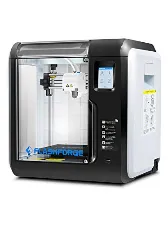
#2
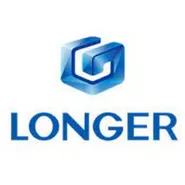
9.3
Save 14%
Longer LK5 Pro 3D Printer
- FDM printer
- 300mm L x 300mm W x 400mm H build volume
- 120mm/s print speed
- Built-in safe power supply
- Supports 1.75mm PLA, ABS, wood, copper filaments
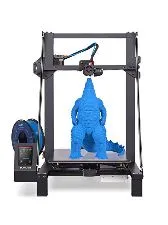
#3
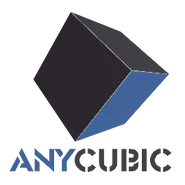
9.0
ANYCUBIC Photon Mono 3D Printer
- LCD SLA printer
- 130mm L x 80mm W x 165mm H build volume
- 50mm/h print speed
- UV-blocking top cover & top cover detection
- Prints 405nm photosensitive resin
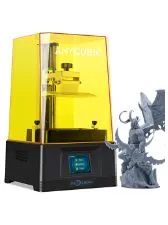
#4

8.8
ANYCUBIC Mega-S 3D printer
- FDM printer
- 210mm L x 210mm W x 205mm H build volume
- 100mm/s print speed (suggest 60mm/s)
- One-click to resume, alarm when filament runs low
- Supports 1.75mm PLA, TPU, ABS, HIPS, PETG, wood filaments

#5
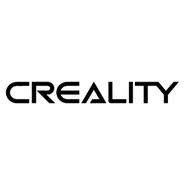
8.7
Creality Ender 3 Max 3D Printer
- FDM printer
- 300mm L x 300mm W x 340mm H build volume
- 100mm/s print speed (suggest 30-60mm/s)
- Metal extruder frame, UL certified
- Supports 1.75mm PLA, TPU, PETG, ABS, wood filaments
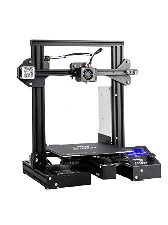
#6

8.6
Creality Ender 3 3D Printer
- FDM Printer
- 220mm L x 220mm W x 270mm H build volume
- 150mm/s print speed
- Power loss recovery and filament sensor
- Supports PLA, TPU, PETG, and ABS filaments
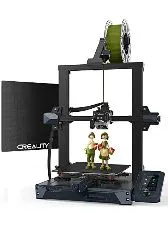
#7

8.5
ANYCUBIC Photon Mono X 3D Printer
- LCD SLA printer
- 198mm L x 122mm W x 244mm H build volume
- 80mm/h print speed
- CE, UL, & ETL certified power supply
- Supports resin only

#8
8.3
FlashForge Finder 3D Printer
- FFF/FDM printer
- 140mm L x 140mm W x 140mm H build volume
- 100mm/s print speed
- Concealed cables, hot nozzle is protected from touch
- Supports 1.75mm PLA, wood, TPU 95A filament

#9

8.1
LONGER LK4 3D Printer
- FDM printer
- 220mm L x 220mm W x 250mm H build volume
- 180mm/s print speed
- Built-in safe power supply
- Supports 1.75mm PLA, ABS, wood filaments
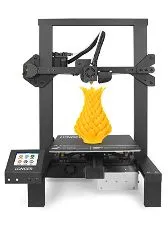
#10
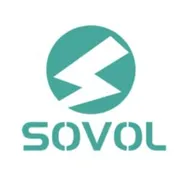
7.9
Save 5%
Sovol SV01 3D Printer
- FDM printer
- 280mm L x 240mm W x 300mm H build volume
- 120mm/s print speed (suggest 60mm/s)
- Thermal runaway protection
- Supports 1.75mm PLA, TPU, HIPS, ABS, PETG, WOOD filament types
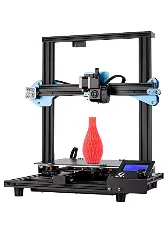
We also considered 7 other:
Our Top Choice
#1

9.7
FlashForge Adventurer 3 Lite 3D Printer
- FDM/FFF printer
- 150mm L x 150mm W x 150mm H build volume
- 100mm/s print speed
- Safety features not specified
- Supports 1.75mm PLA, ABS, PEARL, PLA Color Change, metal, wood filaments

About Our Rankings:
Our recommendations are based on expert comparisons between available products in each product category. For 3d printers, we chose the topics that we think matter most to our users, and provide consise, clear comparisons of the features that matter. Our rankings change day-to-day based on our proprietary algorithms, that crunch data to identify top-performing products and tailor recommendations to exactly what our readers are looking for.
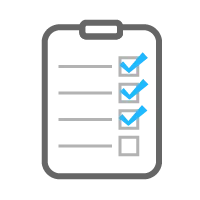
40
Models
Evaluated

9
Topics Considered

23
Hours of Research

7,446
Purchases Analyzed
3D Printer Buyer's Guide
3D printers open the door to a world of creation. They allow makers everywhere to fabricate everything from custom machinery to personalized action-figures. At the industrial scale, they are even being used to print homes! But where do you start? Here are a few key considerations when purchasing a 3D printer
What Type of 3D Printer Should You Buy?
Personal 3D printers fall into three major categories: Fused Deposition Modeling (FDM), Stereolithography, and Selective Laser Sintering (SLS). The majority of home 3D printers use FDM or SLS, which we recommend. Stereolithography is commonly used for product prototyping but requires additional steps to cure and finish the product.
FDM printing utilizes advanced software to slice 3D modeling, like CAD data, into layers which can then be printed onto each other to form a final product. FDM uses production-grade, thermoplastic materials to produce items with great accuracy and strength-to-weight ratios. This type of printer is ideal for creating prototypes and other low-volume production needs.
Stereolithography is a rapid, accurate, additive process that is often referred to as additive prototyping. Stereolithography delivery a slightly higher quality printout than FDM printers; however, we did not find them to be significantly better than FDM and the slight difference should not impact your purchase decision. Layers are created from a vat of polymer and controlled by UV laser directed by mirrors, building from the bottom up. Once printing is complete, it is removed from the vat and cured in a UV oven.
SLS printers create objects in a similar layer-by-layer fashion, but, where FDM uses a hot liquid and UV light to render a product, SLS uses lasers to melt a powder that can be layered into an object. This process can allow for the use of alternative materials – including metal – which FDM and Stereolithography do not.
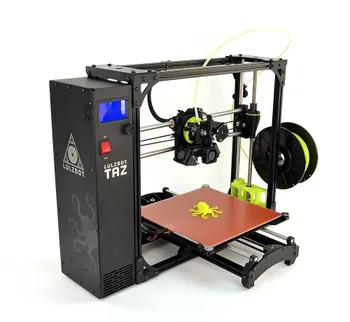
How Much Do 3D Printers Cost?
Entry-level 3D printers, such as the Monoprice Maker Select 3D Printer V2 and XYZprinting da Vinci Mini, can be purchased for under $300 each. These models are great for people trying their hand at 3D printing for the first time, or people making smaller objects recreationally.
Larger, more powerful, advanced 3D printers cost between $2,000-5,000. These printers are capable of professional projects and are often used by businesses for prototyping products.
Not sure where to start? We recommend using a 3D printer at a local Fablab, Makerspace, or Hackerspace near you. 3D printers can be costly and time-consuming to learn how to use effectively. These communities have resources and people to help guide you through the learning process. Once you have found the 3D printer you like using best, then buy your own.
Can’t I Build My Own?
You can build your own 3D printer, but we would not recommend it for anyone just getting into 3D printing. DIY 3D printers require an intimate knowledge of machinery. Though you can find detailed instructions to build your own, you will be on your own to fix any problems that arise (and, they probably will). If you’re eager to start printing, it’s best to just get a ready-made 3D printer that is ready to go on delivery.
Where Should I Buy a 3D Printer?
 Buying a 3D printer has gone mainstream. You used to find the best models on Kickstarter, but, those days have passed.
Buying a 3D printer has gone mainstream. You used to find the best models on Kickstarter, but, those days have passed.
While you can find incredible, cutting-edge 3D printers on Kickstarter – you can also get stuck waiting months or years for a product that fails to meet expectations (or never ships). They also often require more assembly than expected upon delivery. Lastly, where you get the satisfaction of supporting entrepreneurial projects, you fail to get the customer support provided by established manufacturers and their communities.
Amazon carries 3D printers from major manufacturers complete with warranty and protection options, user reviews, a huge selection, and fast delivery times. Why go anywhere else?
How Difficult Are 3D Printers to Use?
3D printing has a steep learning curve. Thankfully, as 3D printing has risen in popularity, so has the community and resources available to people interested in the subject. That said, here are some things to keep in mind when getting started:
Designing 3D products is hard – If you have 3D modeling (e.g. CAD) experience, you’ll have a head start. If you’re just getting started, try visitingThingiverse to download free designs. You can browse over 1 million different designs that users have uploaded.
3D Printing is Slow – 3D printers print layer-by-layer. Even small projects can take hours to produce.
But 3D Printing is Fun – Have you ever dreamed of having your own action figure? A custom headphone stand? Tool on demand? 3D printing opens a world of opportunities. It may take a while to become an expert, but you’ll be creating a lot of cool stuff along the way. Hello stocking stuffers!
What Do 3D Printers Use to Print?
3D printers use a variety of materials. Here’s a quick summary of the most common options:
Polyactic Acid (PLA) – the most popular option for home printing. This environmentally-friendly printing material has a low printing temperature and provides high strength and durability with minimal shrinking.
Acrylonitrile Butadiene Styrene (ABS) – the second most popular printing filament. This material delivers a high-quality end-product, but requires higher temperatures to melt it which give off strong fumes that require good ventilation.
Nylon – is used in industrial projects that require strength, durability, and flexibility. It must be stored in a cool, dry place because it absorbs water easily.
Polycarbonate (PC) – is one of the strongest 3D printing filaments. Like Nylon, it must be stored in a cool, dry place to avoid taking on water. Objects created out of PC have the ability to withstand high-temperature environments making it a great choice for machine parts.
In addition to those mentioned above, some 3D printers are able to use polyethylene terephthalate, metal, or wood fiber.
Trusting our Top Pick
Navigating the many choices for every consumer purchase can be challenging. Our team spends hours doing research, combing through forums, and reading consumer reviews on even the most basic of household items, and we summarize that information in clear, precise comparisons. Join the millions that have trusted BuyersGuide.org to help them make smarter buying decisions. We help our readers spend their money wisely and find the right product to suit their specific needs. Our independent expert reviews and data-driven shopping recommendations empower you to find the 3D printer that’s right for you.
What Sets Us Apart?
We leverage user data to understand decision-making and put the best products in front of each user. We tailor our comparisons to what matters to our user’s needs, specific or broad. We keep our content up to date, we are constantly looking for new merchants and products to compare, and we are quick to remove any that are outdated or no longer meeting our standards. Our rankings change day-to-day based on our proprietary algorithms, that crunch data to identify top-performing products and tailor recommendations to exactly what our readers are looking for. Have a question or want to make a recommendation? We love to hear from our readers and are always looking for new products to include on our site. Get in touch!





